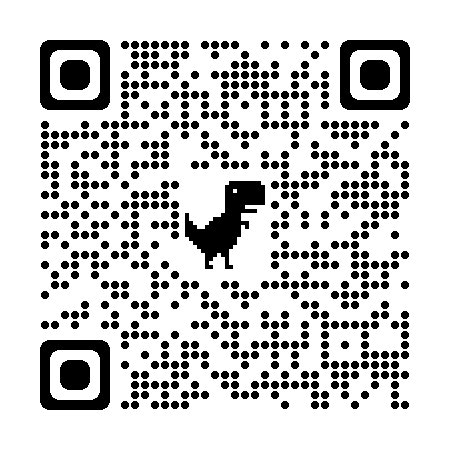IEC 62443 and the EU NIS2 Directive both aim to enhance cybersecurity but from different perspectives. The IEC 62443 standard focuses on cybersecurity for industrial automation and control systems (IACS), while the NIS2 Directive aims to strengthen the cybersecurity resilience of critical infrastructure and essential services in the European Union.
To align IEC 62443 with the EU NIS2 Directive, several types of influence or areas of consistency can be identified:
These influences highlight the alignment between IEC 62443 and NIS2 in strengthening the cybersecurity posture of organizations, making them consistent and complementary in addressing the broader scope of cybersecurity risks for critical infrastructure and industrial control systems.
Established in the year 2000, at Mumbai, Maharashtra, India, we “Deming Certification & Ratings Pvt. Ltd.,” Learn more






© 2024 Created with Deming Certification & Ratings Pvt Ltd.